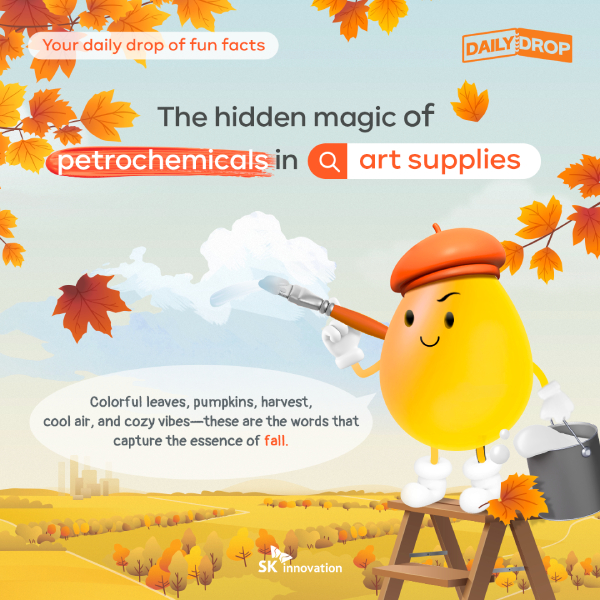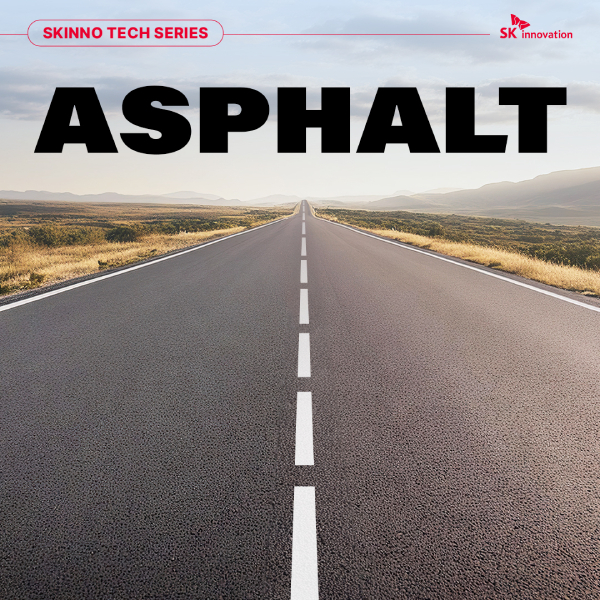 Trends & Reports
Trends & Reports
Skating, with its graceful glides and exhilarating speed, is a beloved winter sport where even wobbly first steps become cherished memories. Interestingly, its origins are rooted in practicality rather than recreation—in the 13th-century Netherlands, skates served as an essential means of transportation across frozen canals during harsh winters.
Over time, skating evolved beyond its functional beginnings, giving rise to sports like speed skating and figure skating. Speed skating, a thrilling, fast-paced race on ice, and figure skating, which blends athletic skill with artistic expression, have since achieved global popularity and admiration.
The increasing popularity of skating and other winter sports owes much to advancements in petrochemical technologies. These innovations have made it possible to enjoy winter sports year-round, breaking free from seasonal limitations. Let’s explore how these materials have played a key role in popularizing winter sports.
| Endless Glides: The Synthetic Ice Revolution

Skating, with its exhilarating sensation of gliding effortlessly on ice, is a beloved activity for many. However, maintaining the smooth, clean, and solid ice surfaces of traditional skating rinks requires significant energy and expense. While meticulously managed natural ice remains the top choice for professional training facilities and international competitions, synthetic ice has emerged as a more economical and practical alternative for beginners and recreational skaters.
Typically, skating rinks use purified water, frozen in multiple layers to maintain a pristine ice surface. Thanks to advancements in petrochemical technology, synthetic ice made from polyethylene (PE)—a synthetic polymer enhanced with special additives to reduce surface friction—has transformed the skating experience. This innovative material allows rinks to operate without natural ice.
Conventional ice rinks rely on around-the-clock cooling systems and frequent resurfacing, resulting in high maintenance costs. In contrast, synthetic ice, often called “super ice,” offers a cost-effective solution. Its durable panels can be flipped when one side wears out, and its lightweight design allows for easy relocation and installation at new venues, making it both practical and versatile.
| High-Tech Materials: Unmatched Safety and Performance on Ice
If you’ve ever watched figure or speed skaters return to their seats after a performance, you might have noticed them attaching something to their skate blades. These are blade guards, essential for protecting the blades and ensuring the skaters’ safety. Since athletes frequently remove and reattach these guards during competitions, they must be lightweight and easy to handle. Recently, blade guards made from high-performance engineering plastics—materials durable enough to replace metal—have gained popularity, offering improved durability and convenience. This innovation has even contributed to enhancing athletes’ performance.

In short track speed skating, specilized anti-cut gloves are considered a secret weapon. With round, frog-like tips on the left hand (hence the name “frog gloves” in Korean), these gloves are used when skaters touch the ice during cornering. They not only protect the skater’s hands but also reduce friction, enhancing overall performance. The first version of these gloves was created by Kim Ki-hoon, a South Korean national skater, in preparation for the 1988 Calgary Winter Olympics. He applied epoxy resin—a type of thermosetting plastic—to the fingertips of his gloves. Overtime, the design has evolved into plastic fingertip attachments, becoming an essential piece of gear for skaters worldwide.

Often referred to as “chess on ice,” curling requires athletes to wear specialized mismatched footwear known as curling shoes. Resembling leather dress shoes, these unique shoes feature soles made of different materials on each foot. One sole is crafted from Teflon, allowing smooth gliding when delivering the curling stone, while the other, made from rubber, prevents slipping. This clever design helps athletes maintain optimal balance during their throws, ensuring precision and control.

Winter sports are no longer limited to just one season. Thanks to advances in petrochemical technology, seasonal barriers have been shattered, allowing athletes to enhance their performance with cutting-edge materials and bringing excitement and inspiration to people around the globe. What new innovations will emerge from the synergy between petrochemical technology and winter sports? Let’s embrace the magic of winter and look forward to the exciting possibilities that await in this “winter wonderland.”
– Beyond the silver screen: How petrochemicals shape the movies we love
– From plastics to life-savers: Unveiling the roles of petrochemicals in healthcare
– “Faster, Higher, Stronger!” – Discover the secrets of high-tech sports gear in Paris
– A rooftop garden? A tennis court? Why are most rooftops in Korea green?










 Youtube
Youtube Facebook
Facebook Instagram
Instagram Linkedin
Linkedin






















